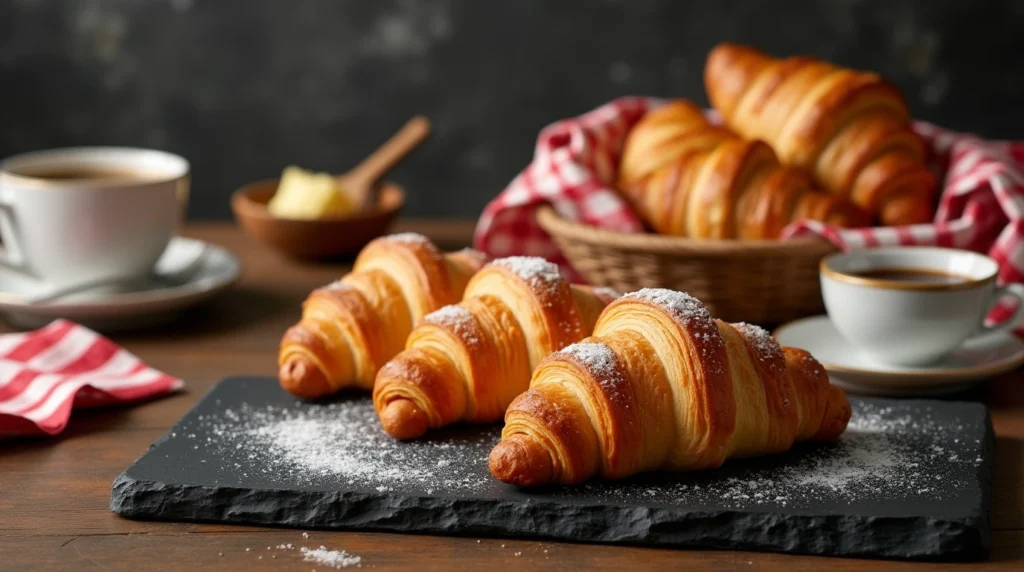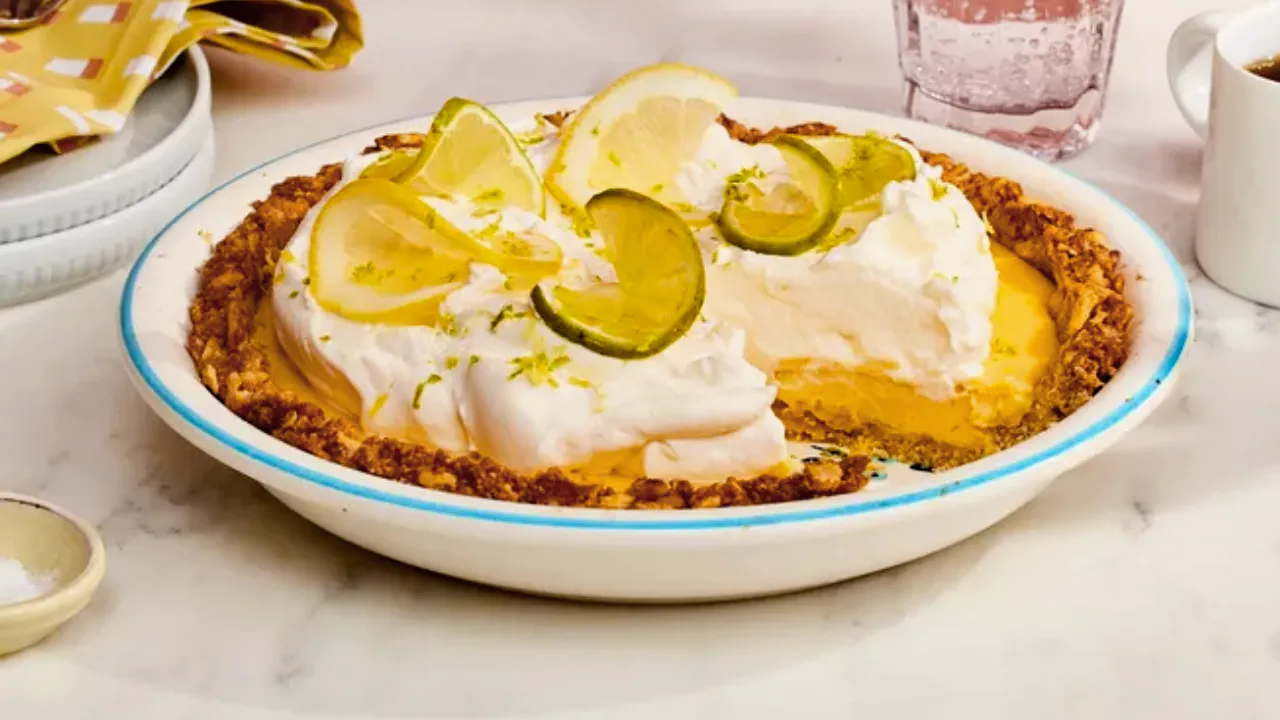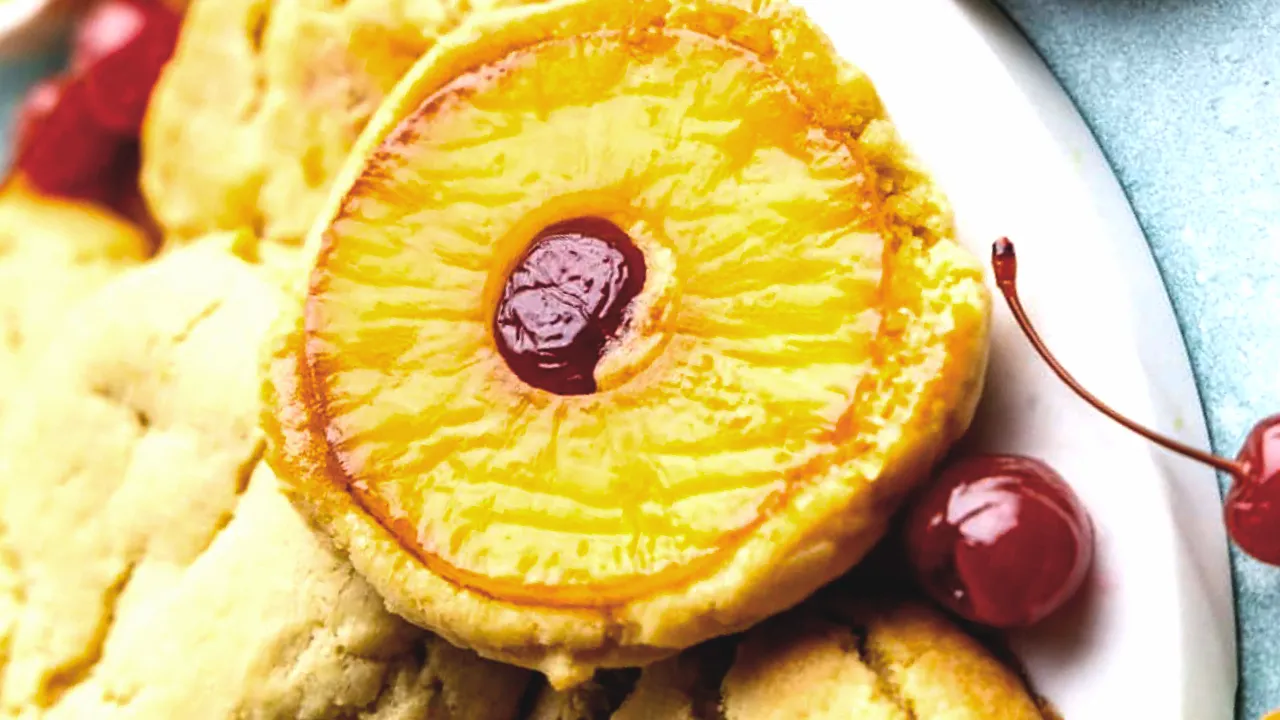Gipfeli, often referred to as the Swiss croissant, is a crescent-shaped pastry cherished for its flaky layers and rich flavor. Though similar to its French counterpart, gipfeli is less buttery and slightly denser, making it a unique and beloved treat in Switzerland. This guide dives into everything you need to know about gipfeli – its history, recipe, variations, and tips to perfect this classic pastry.
What Is Gipfeli?
Gipfeli holds a special place in Swiss breakfast culture. While its shape and preparation might remind you of croissants, it differs in texture and flavor. Traditionally served plain or with fillings like chocolate, jam, or cheese, this pastry is a versatile delight for any meal.
Switzerland’s culinary traditions are deeply rooted in practicality and simplicity, and gipfeli is no exception. This pastry reflects the Swiss knack for combining taste with functionality. To learn more about the role of gipfeli and similar treats in Swiss cuisine, check out this overview of Swiss culinary traditions.
A Brief History of Gipfeli
The origin of gipfeli is linked to Switzerland’s long-standing cultural exchanges with neighboring countries, especially Austria and France. Its name derives from the German word “Gipfel,” meaning “peak,” possibly referencing its crescent shape. While the croissant may be more famous globally, gipfeli is a uniquely Swiss interpretation of the laminated dough technique.
Ingredients and Tools for Making Gipfeli
Creating the perfect gipfeli requires quality ingredients and the right tools. Here’s what you’ll need:
Ingredients:
- 2 ½ cups of flour
- 1 cup cold unsalted butter
- 2 teaspoons sugar
- 1 teaspoon salt
- 1 packet of dry yeast
- ¾ cup warm milk
- 1 egg yolk (for glazing)
Equipment:
- Rolling pin
- Pastry brush
- Baking tray
- Parchment paper
- Mixing bowls
For an in-depth guide on mastering laminated dough techniques, read this comprehensive tutorial.
Step-by-Step Recipe for Gipfeli
1. Prepare the Dough
- Combine flour, sugar, salt, and yeast in a bowl.
- Gradually add warm milk while kneading the mixture until it forms a smooth dough.
- Cover and let it rest for 30 minutes.
2. Laminate the Dough
- Roll the dough into a rectangle.
- Place thin slices of cold butter over two-thirds of the dough.
- Fold the dough like a letter: fold the unbuttered third over the middle, then the remaining buttered third over it.
- Refrigerate for 30 minutes, then repeat this folding process twice to create flaky layers.
3. Shape the Gipfeli
- Roll out the dough into a thin sheet.
- Cut triangles and roll each triangle from the wide end toward the tip to form a crescent shape.
4. Proof and Bake
- Arrange the shaped gipfeli on a parchment-lined baking tray and let them proof for an hour.
- Preheat your oven to 375°F (190°C).
- Brush the gipfeli with egg yolk for a shiny, golden finish.
- Bake for 15-20 minutes or until golden brown.
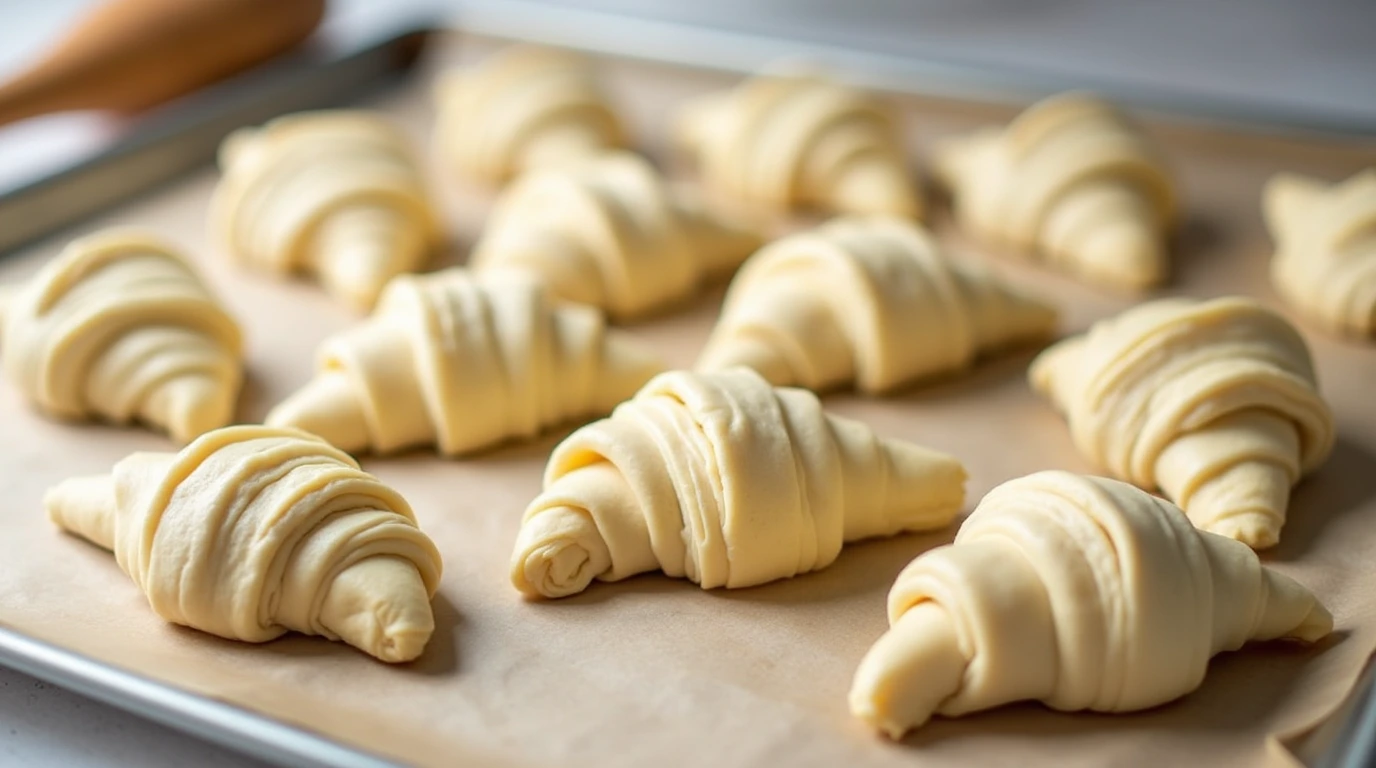
Tips for Perfect Gipfeli
- Use high-quality butter for optimal flakiness.
- Keep the dough and butter cold to maintain distinct layers.
- Don’t skip resting periods—they’re crucial for achieving the desired texture.
Popular Gipfeli Variations
One of the best things about gipfeli is its versatility. While the classic version is a staple, here are some variations to try:
Sweet Fillings:
- Chocolate
- Apricot jam
- Vanilla cream
Savory Fillings:
- Ham and cheese
- Spinach and feta
- Smoked salmon and cream cheese
These variations are perfect for customizing gipfeli to suit your taste. For more inspiration, explore our breakfast pastry collection.
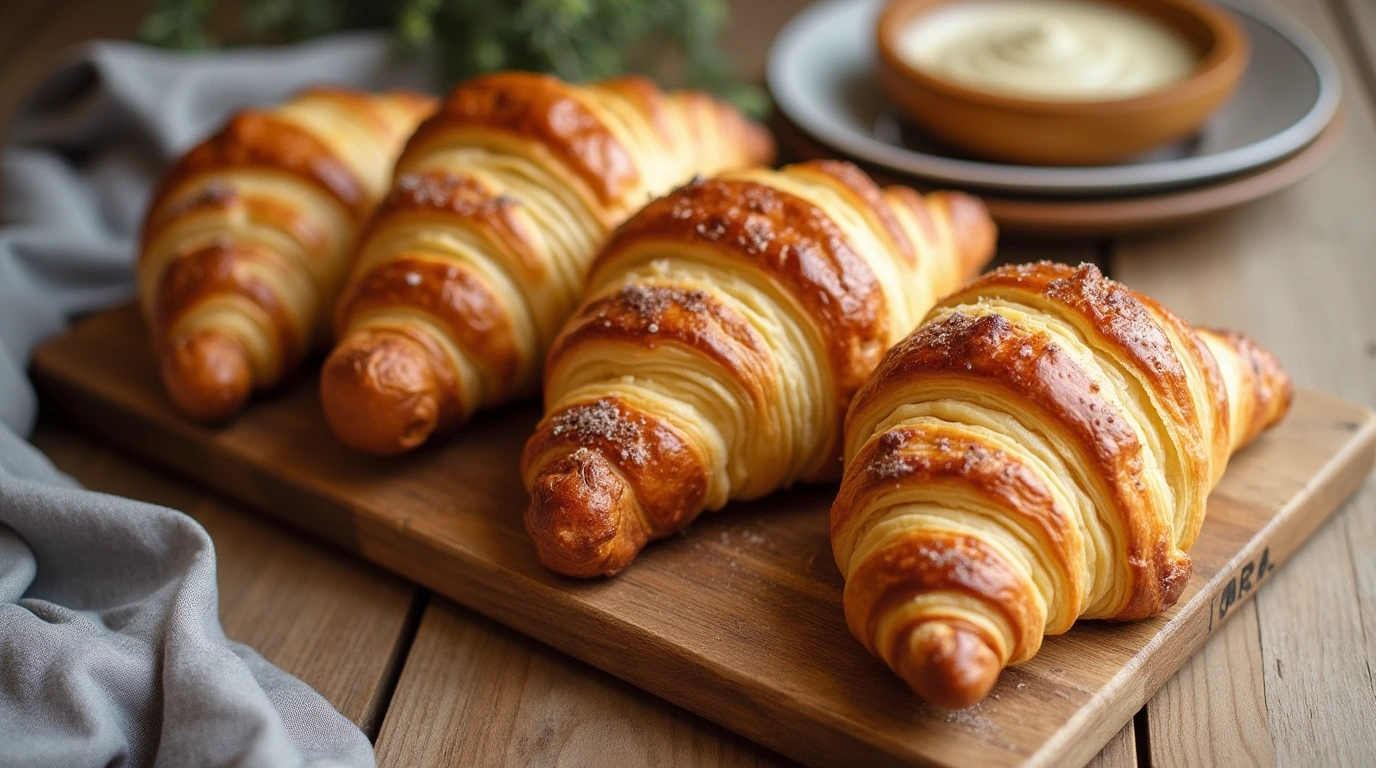
Serving Suggestions
Pair your freshly baked gipfeli with:
- A warm cup of coffee or tea for breakfast.
- A fresh fruit salad for a mid-morning snack.
- Cheese and charcuterie for a light lunch.
For festive occasions, serve gipfeli on a decorative platter to elevate their presentation.
Storing and Reheating Gipfeli
Proper storage ensures your gipfeli stay fresh and delicious:
- Storage: Store in an airtight container at room temperature for up to 2 days.
- Freezing: Freeze unbaked dough triangles and thaw before baking for fresh gipfeli anytime.
- Reheating: Warm baked gipfeli in a 300°F (150°C) oven for 5 minutes to restore their flaky texture.
FAQs About Gipfeli
1. What is the difference between gipfeli and croissants?
While both pastries are crescent-shaped, gipfeli is denser and less buttery than croissants.
2. Can I make gluten-free gipfeli?
Yes! Substitute the flour with a gluten-free baking mix. While the texture may differ slightly, the flavor remains delightful.
3. How can I make vegan gipfeli?
Replace butter with vegan margarine and use plant-based milk. For egg yolk, opt for a plant-based egg wash like soy milk or aquafaba. Learn more about vegan baking substitutes.
4. What are the best fillings for gipfeli?
Popular options include chocolate, jam, ham and cheese, or even nut spreads like almond butter.
Connecting Gipfeli to Swiss Culinary Tradition
Making Gipfeli Recipe is more than just baking; it’s a way to connect with Swiss heritage and culinary craftsmanship. Whether you enjoy them plain or with creative fillings, these pastries are sure to impress. Explore other Swiss delights like schinkengipfeli and understand how they fit into the broader context of traditional European pastries in this detailed article.
Why Make Gipfeli at Home?
Homemade Gipfeli Recipe is fresher, customizable, and allows you to appreciate the artistry behind its flaky layers. It’s also a rewarding experience that lets you bring a piece of Switzerland to your kitchen.
Now that you have all the tools, tips, and techniques, it’s time to bake your own batch of gipfeli. Not only will you enjoy the fruits of your labor, but you’ll also share a timeless Swiss tradition with your loved ones!

